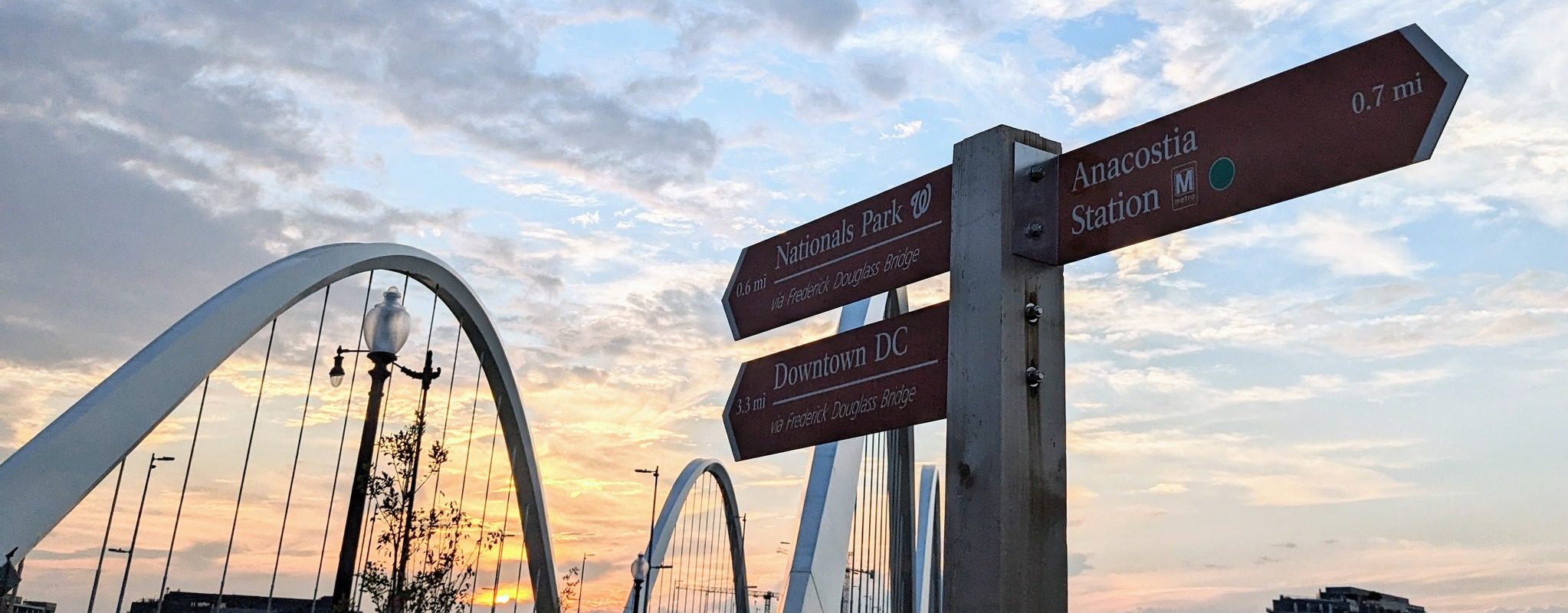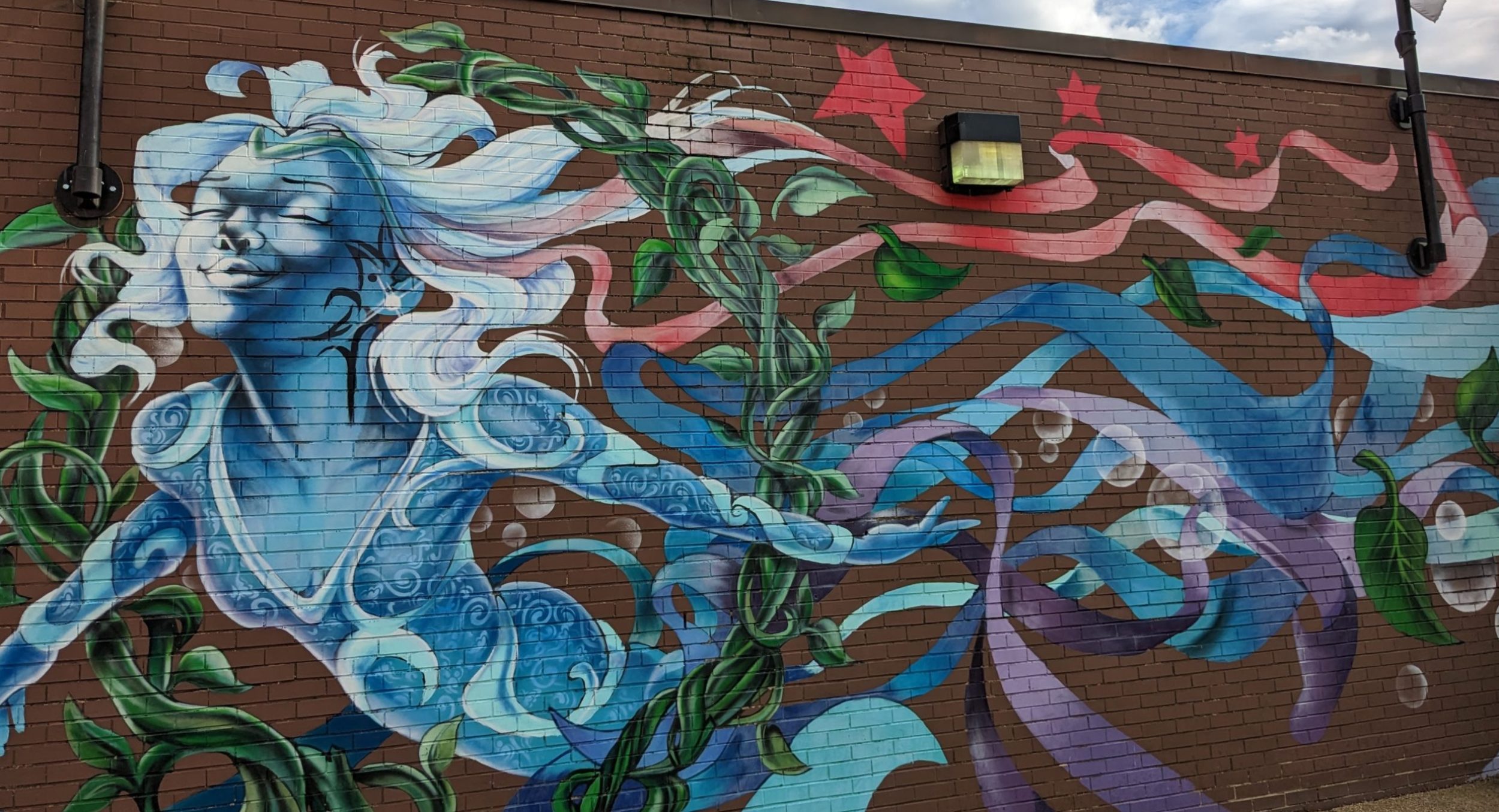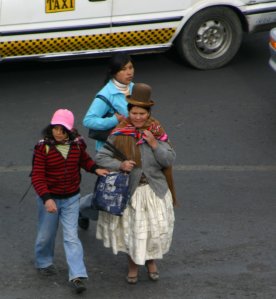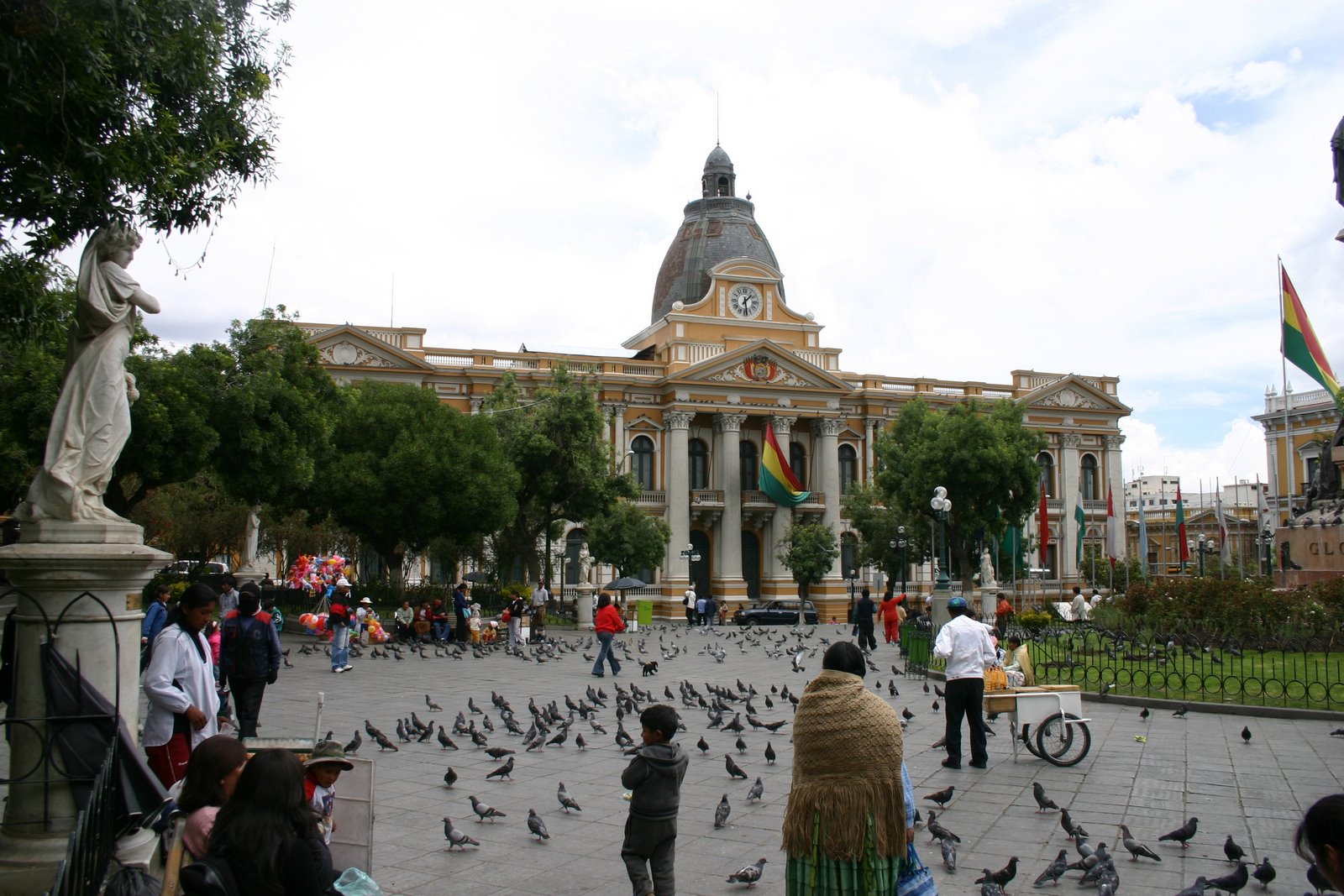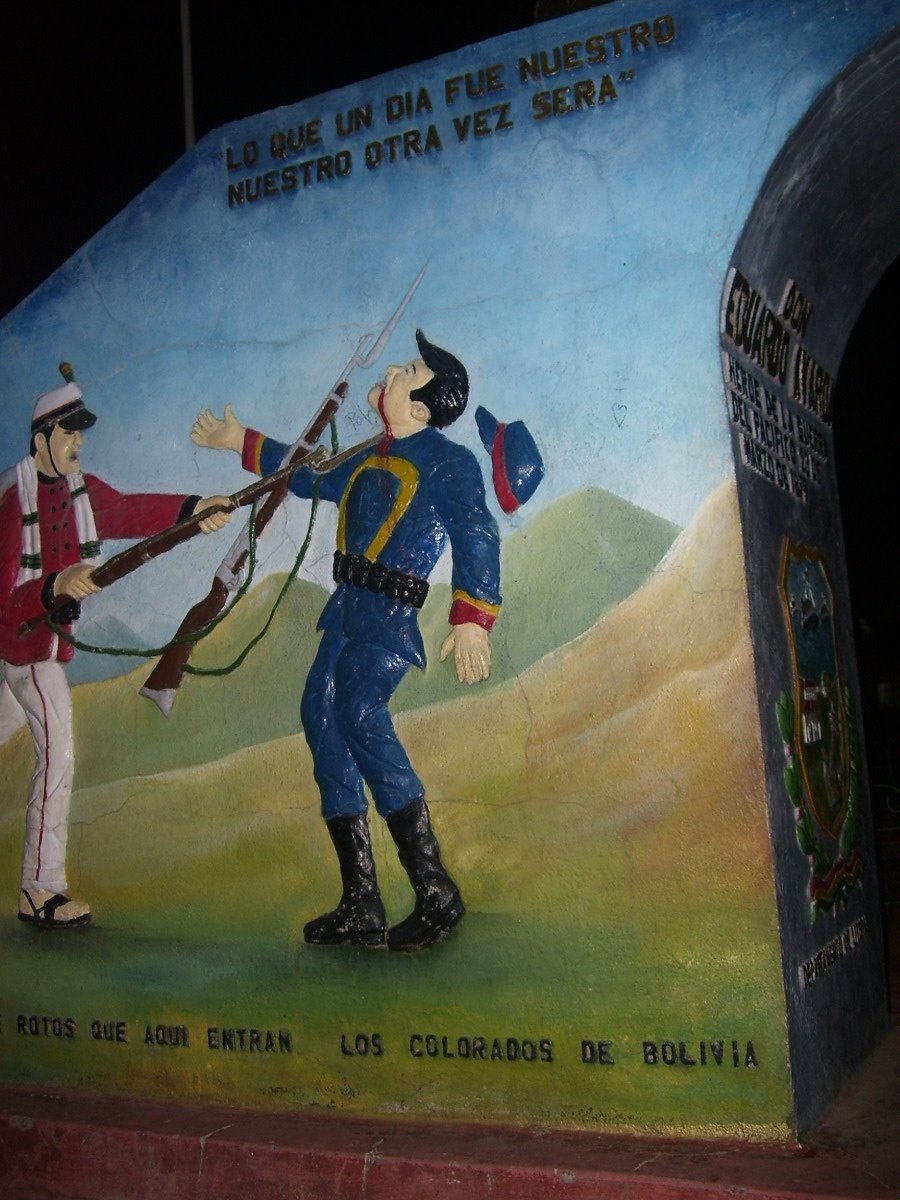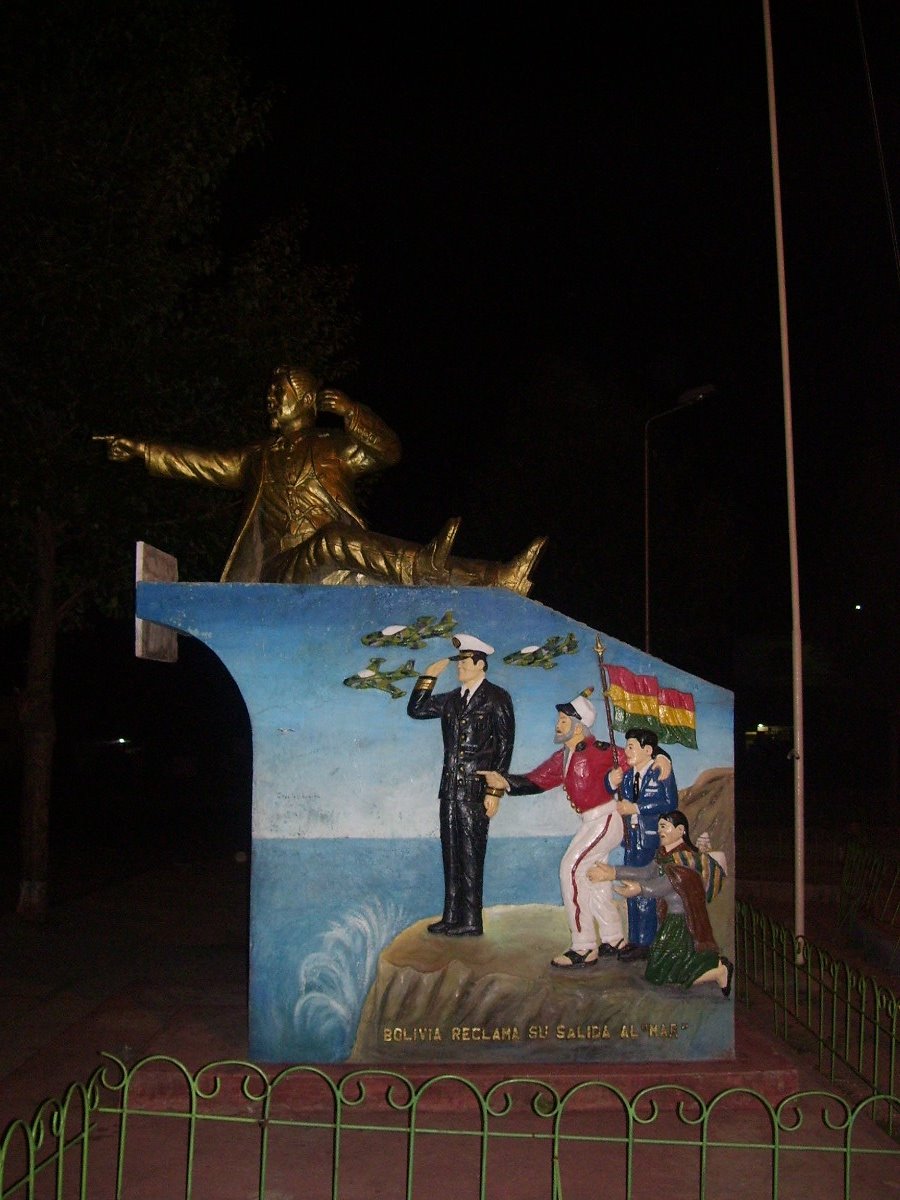Bowler hats, big full skirts. Yes, indeed, the women of the Andes have their own look. This is called cholita style, and it plays out best in La Paz.

I saw one group of women decked out this spectacularly during my day in La Paz. They wore big full skirts made of brightly colored silks, layered over petticoats. Small snappy bowler hats perched on their heads. They may have been part of a wedding. I first noticed them making their way across the center of La Paz and then spotted them outside of a church, where they greeted a bridal party. The bride and groom were dressed like the bride and groom seen anywhere in the West — a beautiful white dress for the bride and a formal suit for the groom. Their bridal party too wore the same kind of wedding clothes, formal suits on the men and nice dresses on the women. The cholitas, dec ked out in their bowlers and skirts, put handfuls of confetti on the heads of the bride and groom and their wedding party. It looked like a blessing.
ked out in their bowlers and skirts, put handfuls of confetti on the heads of the bride and groom and their wedding party. It looked like a blessing.
The Associated Press story said the cholita skirts are “fashioned from silks bought over the Internet from China, Japan, the United States and elsewhere, and range in color from Easter egg pastels to screaming neons.” It said that younger women are beginning to adopt this look too, if only for festivals.
Yet, the cholita look also livens up the everyday. The women’s bowlers make you wonder why Americans don’t wear hats anymore, as they did in the 1940s and somewhat beyond. The hats add a little glamor for women whose lives can be very hard. The trio of women to the right were sitting in the yard of the cathedral in La Paz, one of many such groups.
Traffic in La Paz sounded more like a pasture than a big city on the Saturday I spent there. People hit their horn s just once, a sound like a sheep bleating. They didn’t lean on them as agitated drivers often do in giant capitals of poor countries. The main square was filled with families, kids feeding pigeons and chasing them. Corny as it may sound, there was a peaceful vibe in this city named for “peace.” It wasn’t at all what I expected from Bolivia’s largest city, home to about 1.6 million people, if one counts in the nearby neighborhoods. And, it wasn’t what I expected from a fairly poor country. Take the value of everything produced in the U.S. in 2007 and divided by the number of people living ther
s just once, a sound like a sheep bleating. They didn’t lean on them as agitated drivers often do in giant capitals of poor countries. The main square was filled with families, kids feeding pigeons and chasing them. Corny as it may sound, there was a peaceful vibe in this city named for “peace.” It wasn’t at all what I expected from Bolivia’s largest city, home to about 1.6 million people, if one counts in the nearby neighborhoods. And, it wasn’t what I expected from a fairly poor country. Take the value of everything produced in the U.S. in 2007 and divided by the number of people living ther e, and it adds up to almost $46,000. This measure, known as gross domestic product per capita, applied to Bolivia equals $4,400.
e, and it adds up to almost $46,000. This measure, known as gross domestic product per capita, applied to Bolivia equals $4,400.
Maybe La Paz is a little more mellow than the capitals of other poor countries because it’s so high in the sky. La Paz stands about 11,942 feet above sea level, more than twice as the altitude of the U.S.’s “Mile-High” City of Denver. And La Paz is no plateau. Many of the streets in La Paz have steeper hills than some East Coast hiking paths. It struck me ho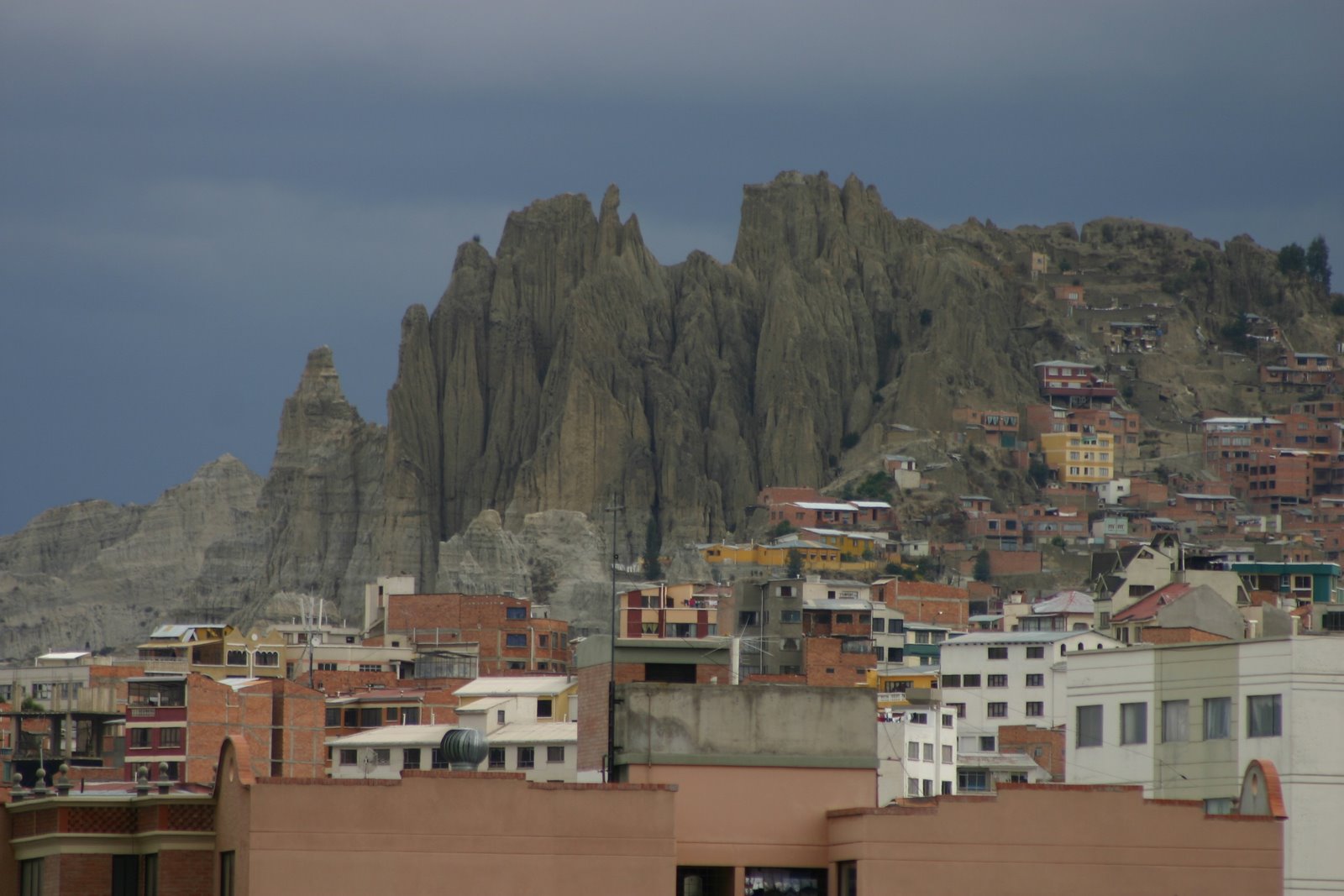 w few people I saw smoking, another thing that set this Bolivian city apart from its peers. Gallup research indicates that about 32 percent of people in Vietnam, a country close to Bolivia’s GDP stats, smoke while only 13 percent of Bolivians do.
w few people I saw smoking, another thing that set this Bolivian city apart from its peers. Gallup research indicates that about 32 percent of people in Vietnam, a country close to Bolivia’s GDP stats, smoke while only 13 percent of Bolivians do.
Cost Them a Coastline
La Paz also is a city of unexpectedly good museums. Its main art museum is centered around a lovely courtyard and had many wonderful paintings from the Spanish colonial era. Its Museo del Litoral, or Museum of the Coastal Waters, tells the story of the War of the Pacific, 1879-1883, which cost Bolivia its coastline. Chile annexed the Litoral province of Bolivia, leaving it a landlocked country. The Bolivians are still angry about it. Check out the monument on the shores of Lake Titicaca, the biggest body of water to which Bolivia now has access.
